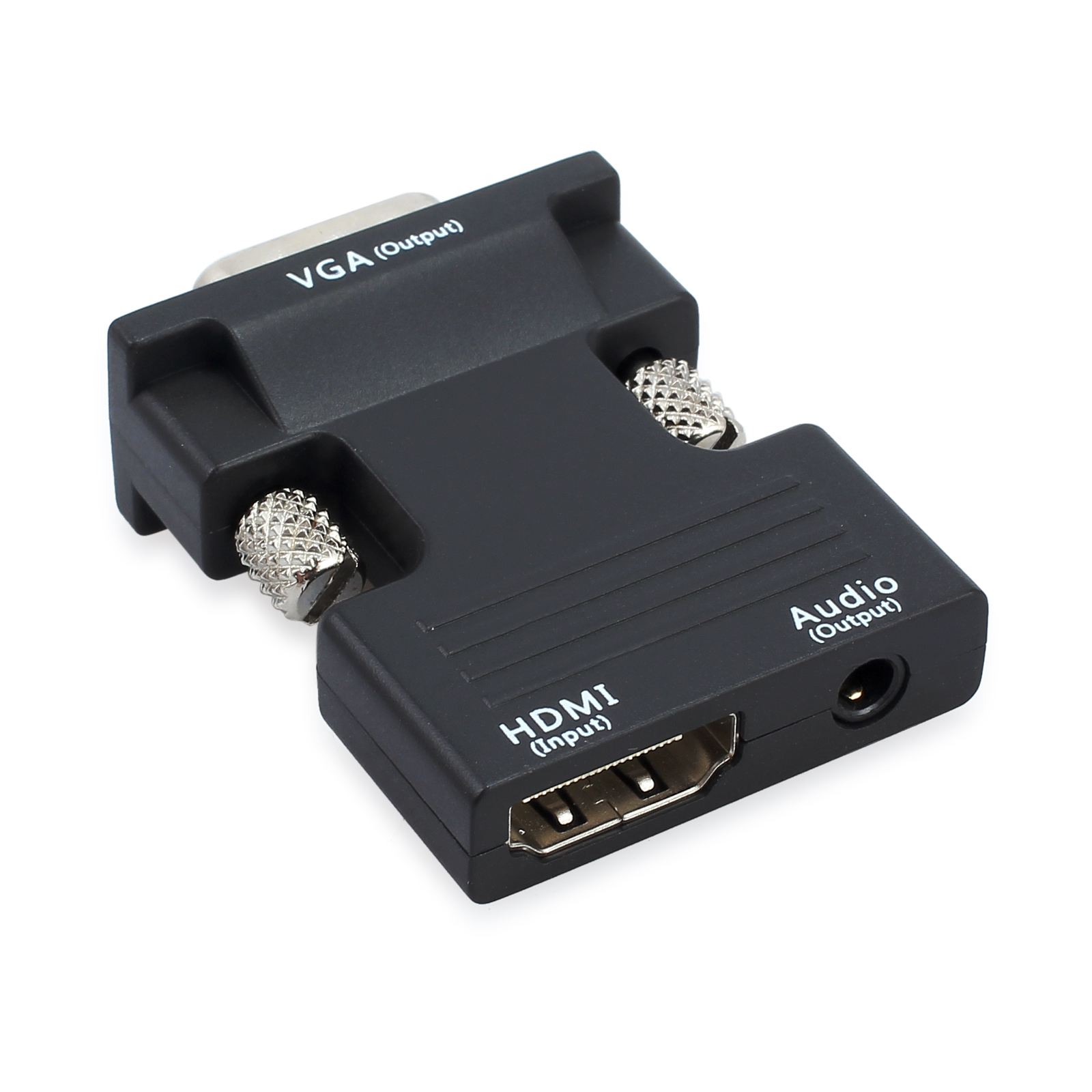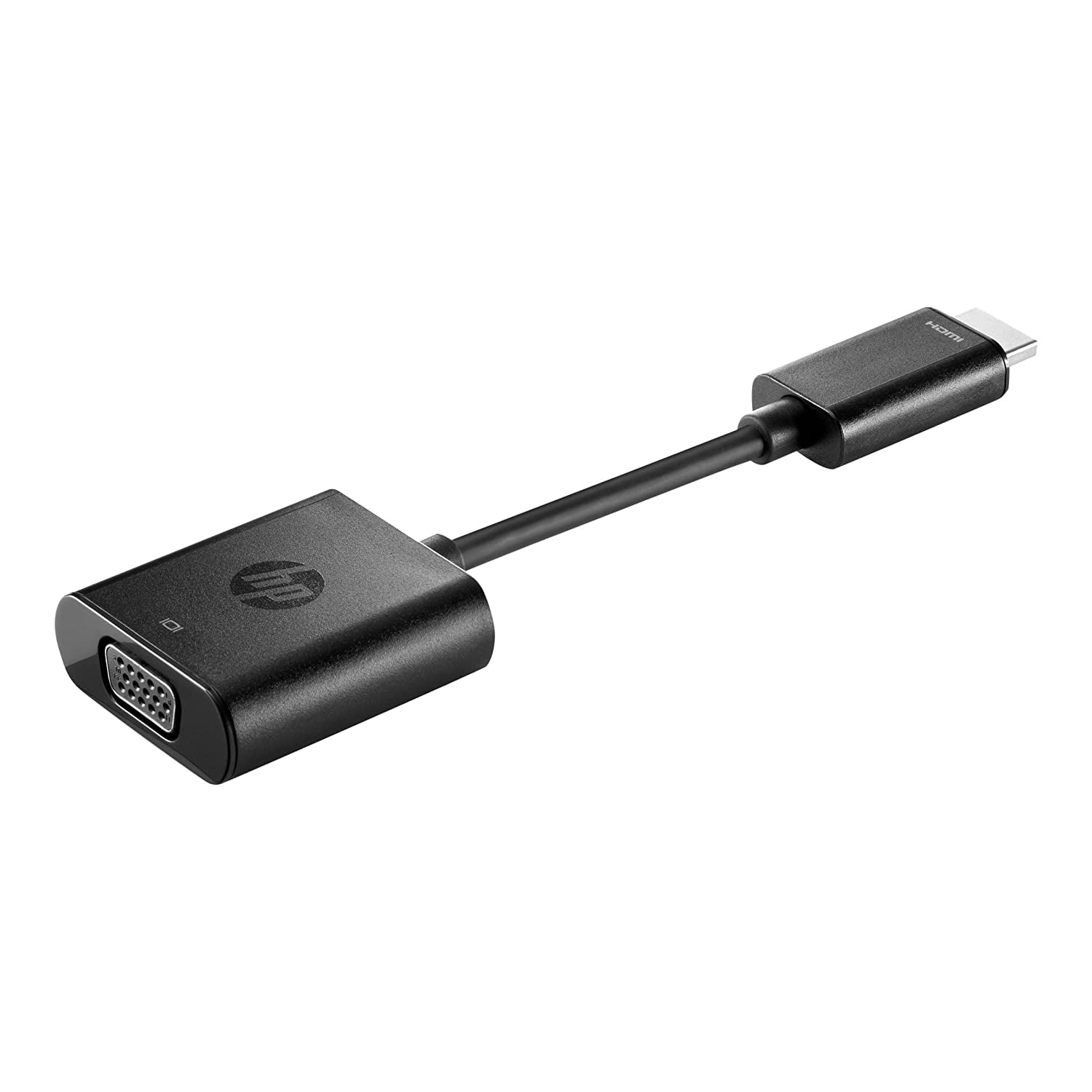

Since computer monitors don't usually have speakers, this isn't an issue. Some cables and hardware (called single-link) can only do 1,920x1,200, while others (dual-link) can do more.ĭVI generally doesn't do audio (it varies). The maximum resolution potential depends on the equipment, though. The video signal over DVI is basically the same as HDMI. The cables are roughly the same price as HDMI. If you're looking to connect a computer to a monitor, there's no reason not to use DisplayPort. It's capable of 3,840x2,160-pixel resolution at 60fps, if you have at least DisplayPort 1.2 and the Multi-Stream Transport feature.
#VGA TO HDMI ADAPTER TV#
There is only one television with DisplayPort, and don't expect it to see much further adoption on the TV side. So in most cases HDMI is fine, but for really high resolutions and frame rates, one of these other options might be better.ĭisplayPort is a computer connection format. You'll also need new hardware ( and probably a new TV). Not until HDMI 2.0 will you be able to do 4K over HDMI at 60fps. If you've gotten a new 4K monitor, you're limited to 30fps.


For example, your TV likely has HDMI 1.4 connections, which max out at 3,820x2,160-pixel resolution at 30 frames per second. HDMI has limitations, though, and isn't always the perfect choice. If you're plugging your computer into a TV, your first choice should be HDMI. It's easy to use, the cables are cheap, and best of all, it carries audio. Check out my article " All HDMI cables are the same" for why this is.Īll TVs and most computer monitors have HDMI. The logical extension of this is that the cables themselves also don't make a difference, in terms of picture "quality." Any cable capable of a specific resolution is either going to work over a certain distance, or not work. As in, 1,920x1,080/60 over HDMI is going to look the same as 1,920x1,080/60 over DVI and DisplayPort (assuming all other settings are the same). So while the pixel resolution potentials vary with each connection, the quality otherwise does not. But if you want to connect a computer to your TV (or you've got a new computer monitor), the options tend to be HDMI, DisplayPort, DVI, and sometimes old-school VGA.Įach connection has its pros and cons, and perhaps the best cable to use with your display is more than just "what it came with."īefore we start, it's important to note that with the exception of VGA, all the other connections here are digital. With televisions, HDMI is the most common connector.


 0 kommentar(er)
0 kommentar(er)
